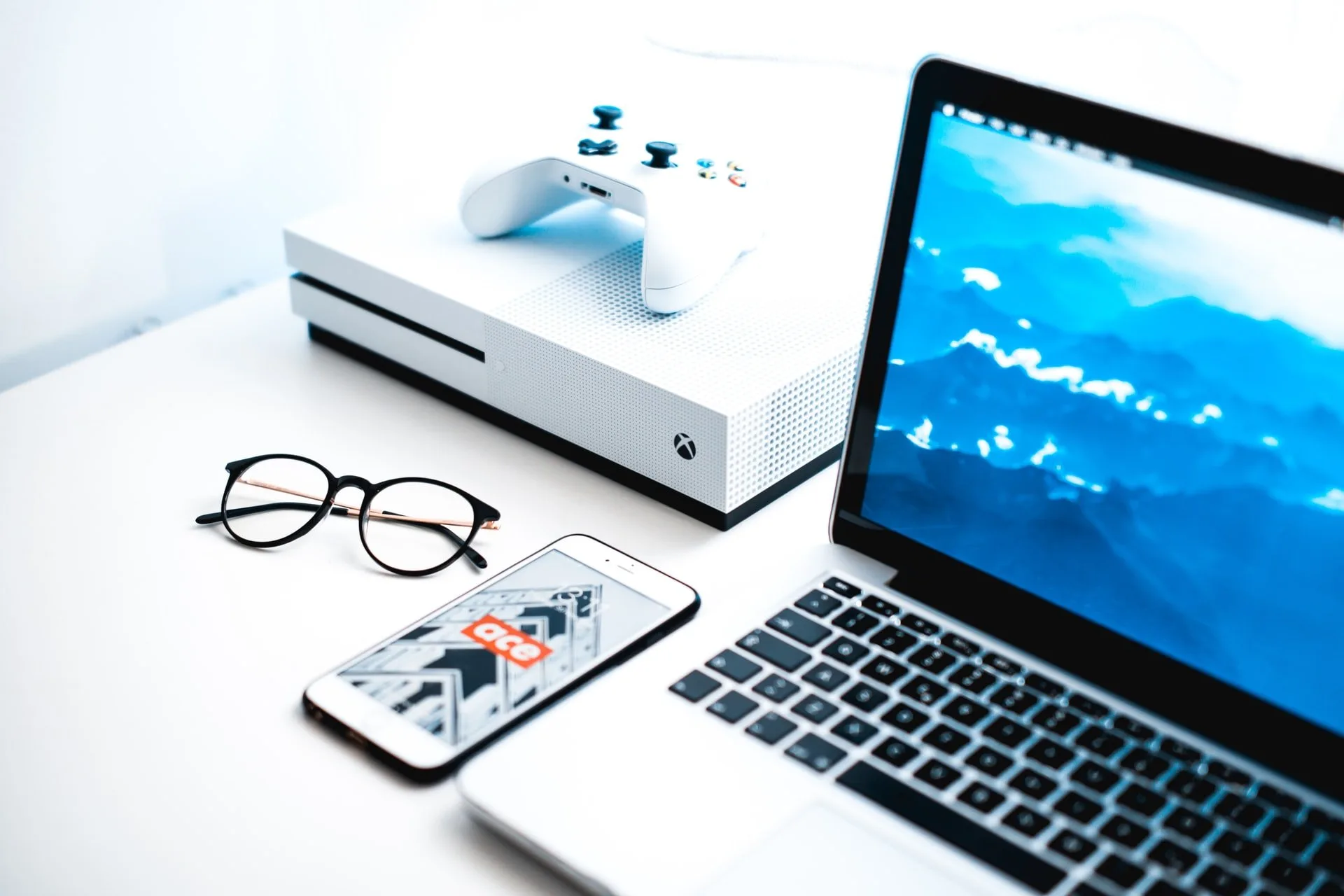Digital eye strain is arguably the greatest contributor to eye health issues at work. With the average office worker spending seven hours a day in front of a screen, it’s not surprising that at least half of computer users experience it. Symptoms include blurred vision, headaches, red or scratchy eyes, dry eyes, and increased sensitivity to light. Wesley Language, Head of Optometry at Spec-Savers, shares some steps you can take to reduce it.
5 Helpful Hacks To Avoid Digital Eye Strain
Wesley Language believes that anyone can take steps to improve their eye health. Here are the guidelines he recommends.
#1 Rest your eyes
Look away from your computer screen regularly and focus on distant objects, as this relaxes the focusing muscle inside the eye, which in turn reduces eye fatigue.
It’s advisable to keep the 20/20/20 rule in mind: every 20 minutes, look away from your screens at something that is 20 feet (6 meters) away from you for 20 seconds. This allows your eyes to relax and can ease symptoms.
#2 Use adequate lighting, and reduce glare
Glare reflected from light-colored walls and shiny surfaces, as well as reflections on your computer screen, can cause eye strain. Some ways to reduce this include:
- Attach an anti-glare screen to your monitor, especially if there’s a window behind you.
- Reduce external light by covering windows with curtains or blinds. You can also reduce the lighting in your room, and avoid sitting under big overhead fluorescent lights.
- If you wear specs, use lenses with an anti-reflective coating. This will help to reduce glare and promote a better digital eye health environment.
#3 Adjust your monitor’s display settings to reduce digital eye strain
- Make sure the brightness matches the surroundings (bright room, bright screen), and adjust the text size and contrast so that it is comfortable to read. Black print on a white background is the best combination for comfort.
- If you’re on a screen at night, adjust the monitor’s color temperature to reduce the blue colors on your screen. Blue light is short-wavelength visible light, and there is evidence that this may be associated with certain eye conditions.
#4 Adjust your workstation
The way you sit at your desk and arrange your equipment can affect your digital eye health.
- Place documents on a copy stand next to the screen, so you don’t need to keep looking down at a piece of paper and then up at your monitor.
- Make sure your workstation and chair are at the correct height. Improper posture while working on your computer can also add strain.
- Your computer screen should be 50 to 60 centimeters from your eyes, and the center of the screen should be 10 to 15 degrees below your eye line.
- Your chair should be set up so that your thighs are parallel to the floor and your back is slightly reclined
#5 Enlist the help of customized blue light computer glasses
These special-purpose glasses are prescribed specifically to reduce blue light exposure and differ from regular eyeglasses or reading glasses in various ways.
- The usual positioning of a computer screen means that it’s within your intermediate zone of vision, which is closer than driving (distance) vision, but farther than reading – or near – vision.
- Generally, computer glasses have about 60% of the magnifying power of reading glasses to enable optimal magnification in this intermediate zone.
- Computer glasses should accurately correct any astigmatism you might have, and precise measurements should be taken to ensure the optical center customized of each lens is directly in front of your pupils when you are using your preferred working distance.
For these reasons, computer glasses should be customized to your individual needs. Using weaker, non-prescription reading glasses for computer use typically won’t provide the accurate vision correction you need for sustained clarity and comfort while at your computer.

Wesley Language
Takeaway
Optometrist Wesley Language believes, the best thing you can do to improve digital eye strain, though, is to have a comprehensive eye exam this World Sight Day. This will help you to rule out any vision problems you may have.
“When you have your test, let the optometrist know you use computers regularly and how long you use them. And while you’re there, please spread the love by pledging your eye exam, using #LoveYourEyes to post on social media.”



![women [longevity live]](https://longevitylive.com/wp-content/uploads/2020/01/photo-of-women-walking-down-the-street-1116984-100x100.jpg)










